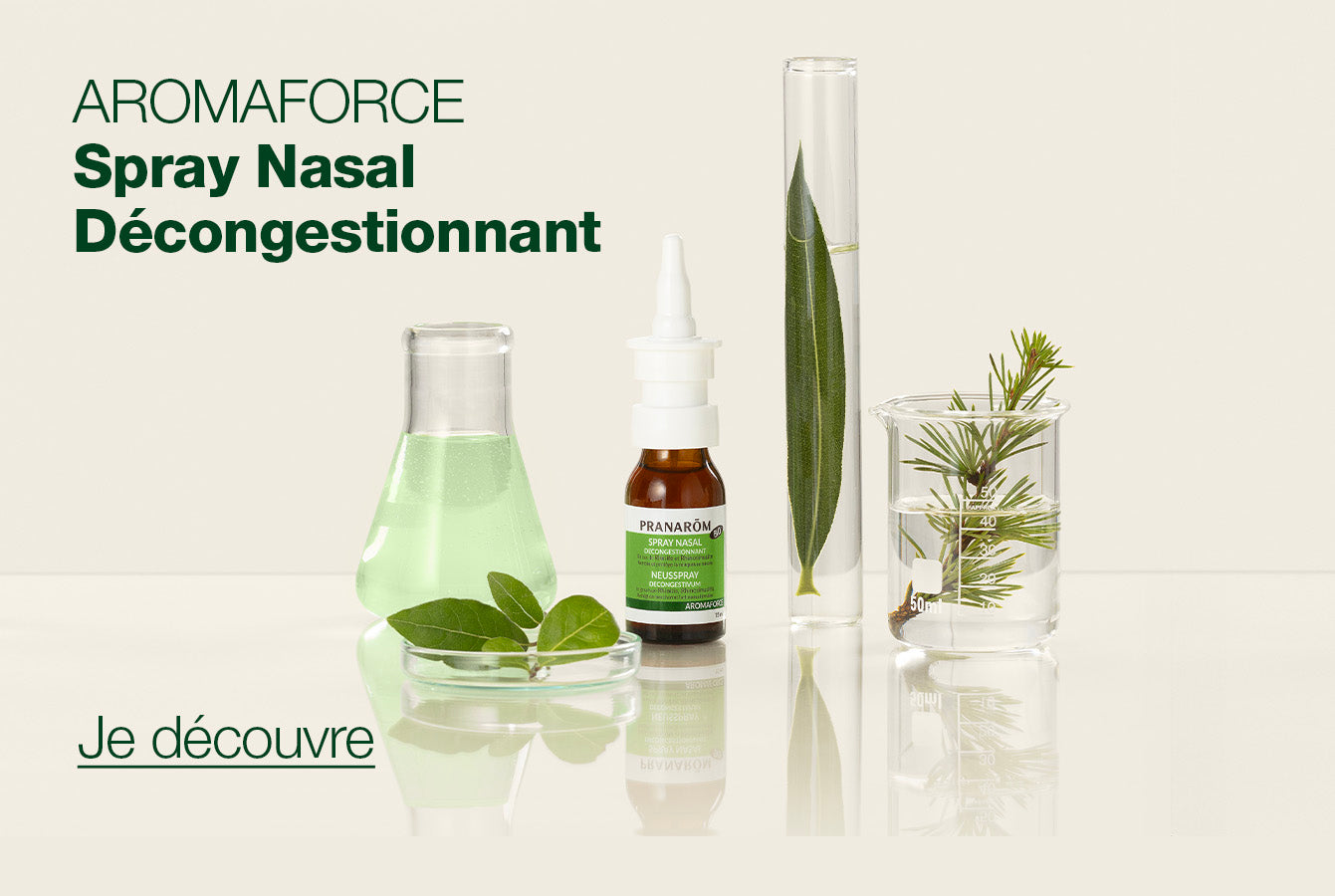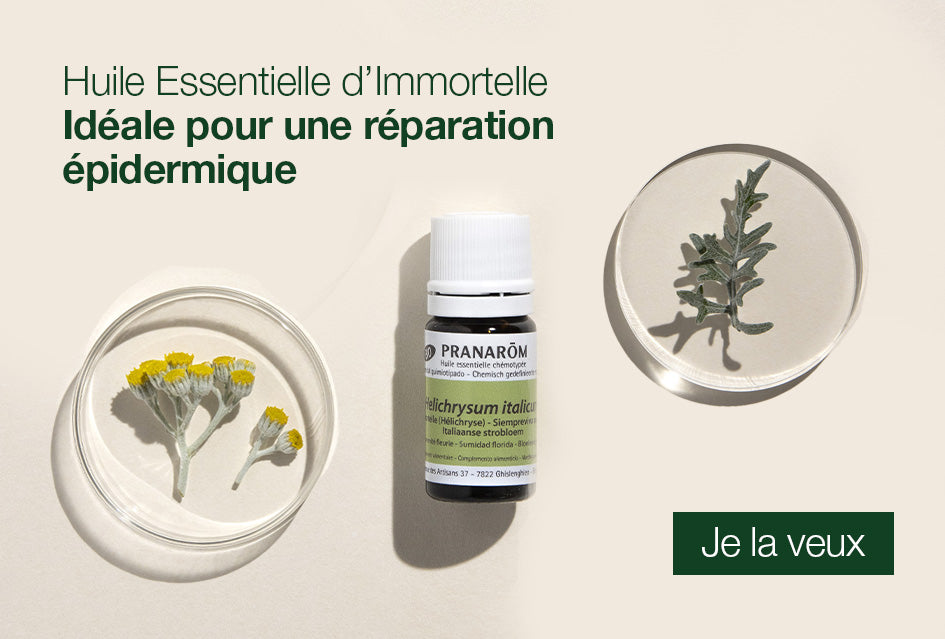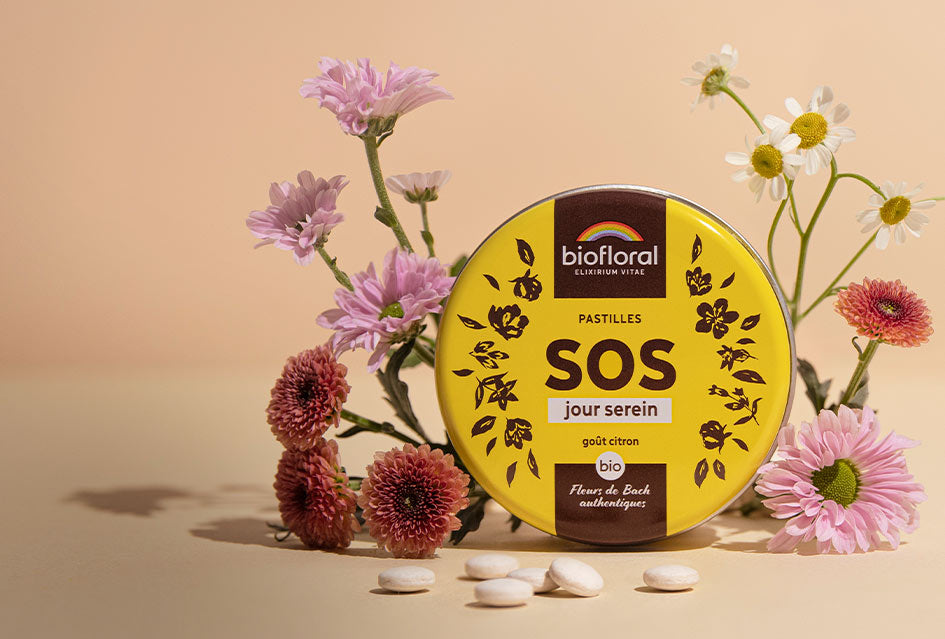Hydrosols

What is an aromatic hydrosol?
These are vegetable distilled waters (Aquae distillatae ex plantis ).
Hydrosols are obtained by steam distillation of various parts of aromatic plants. They are made up of the aqueous phase recondensed and separated from the Essential Oil when there is any.

Long wrongly considered as a residue of distillation, hydrosol is today regaining its credentials for all types of cosmetic care.
Do not confuse hydrosol and vegetable flavored water
Vegetable flavored waters are obtained from aromas of plant origin, either by dissolving them in purified water, or by entrainment with steam followed by decantation and filtration. These are indeed different products because the techniques for obtaining them are also very different.
Areas of application of hydrosols
Given the lower concentration of biochemistry in hydrosols, we cannot expect the same “molecular” virtues as essential oils. Hydrosols have never claimed to compete in effectiveness with synthetic medicines as essential oils do. However, they are of great interest for the skin and its mucous membranes as soon as they are in pain.
Besides this main indication, they are preferred for all mucosal irrigations : eye bath, mouthwash, vaginal irrigation, etc.
Prevention being the best approach to maintaining health, it can also be useful to drain the emunctories by ingesting hydrosols for their physiological and metabolic actions.
Production of an aromatic hydrosol
All chemotyped essential oils and aromatic hydrosols come from the distillation by steam distillation of aromatic plant organs harvested at a specific moment in their vegetative cycle. Any product obtained by means other than distillation cannot be called aromatic hydrolate.
The picker-distiller must ensure scrupulous compliance with the specifications for the production of hydrosols and all the cleanliness befitting these fragile aqueous products from a bacteriological point of view.
During the steam distillation process, aromatic hydrosols are usually harvested over a period of one hour so that the richness of the aromatic hydrosol provides an important and characteristic fragrance of the distilled aromatic plant. Some, in the interest of extreme profitability, collect volumes of distillation water over much longer periods (3 to 4 hours) but the product will not have the same benefit in care because its effectiveness will be very poor compared to a real, authentic and concentrated hydrosol.
Unlike essential oils obtained by the same extraction process, aromatic hydrosols contain, in addition to aromatic and terpene molecules, other molecules of different natures. In fact, the water vapor extracts other active ingredients which, being hydrophilic, are found in the hydrosol. Its composition is therefore particular and unique.

The history of hydrosols
- 4th century : the writings of Synesios of Ptolomais and Zozymos of Panapolis describe in detail the Egyptian distillatory apparatus;
- 6th century : Aetius of Amida, doctor and writer living in Constantinople, describes empyreumatic distillation by hydro-diffusion;
- 8th to 11th century : Arab science developed distilled rose and wormwood waters. Doctors like Nonus Theophanes, Serapion, Avenzoar recommend hydrosols as remedies;
- 15th century : After the Crusades, the West took over and hydrosols became the main goal of distillation. Jean Winther, professor of medicine in Strasbourg, moved distillation from the laboratories of alchemists to the laboratories of pharmacists;
- 16th century : the book “New gross Destillirburch” gives numerous details on distillation devices and the production of hydrosols and their medical actions;
- 1880 : we find hydrosols in the “Treatise on Galenic Pharmacy”. The use of fresh plants was preferred to dry plants because they last longer. They have greater clarity and their aroma is always sweeter and more developed;
- 1942 : in the “Galénic Pharmacy” T1 by A. Gomis and A. Liot, other details are added:
- Choice of water;
- Choice of plants;
- Choice of operating mode;
- Adulteration or false hydrosols;
- Composition of distilled waters.
The quality of hydrosols
In the market, the consumer is confronted with numerous brands presenting essential oils and aromatic hydrosols whose quality varies dramatically. In this maze, it is appropriate to provide some means of assessing quality so that the user receives all the expected effectiveness.
The word used
The only correct term is aromatic hydrosol. In fact, only the aromatic hydrosol is 100% derived from distillation by steam distillation. The terms hydrosol, floral water, aromatic water, etc. are suspect because they open the door to products which only serve as an emulsification or solubilization of the essential oil in a body of water or even a simple dilution of the aromatic hydrosol by adding water.
HACT or Chemotyped Aromatic Hydrolate
Technological advances in analysis now offer us the ability to identify and quantify all the molecules contained in an aromatic hydrosol. The advantages are, among others, clear proof of the properties of hydrosols and knowledge of biochemistry and its molecular concentration.
A HACT hydrosol always shows a higher concentration than any other that would have been collected throughout the distillation. The recovery of the chemotyped aromatic hydrosol is done at a precise moment and over a clearly defined period of this extraction process by distillation.
Conservation of hydrosols

Aromatic hydrosols are aqueous phases which become quickly contaminated if great care is not taken.
Produced by steam distillation, any hydrosol leaving the still is sterile but the cleanliness of the operators and the cleanliness of the containers which contain it can represent a problem. The most frequently used method is microfiltration (0.2 microns) before packaging, ideally in glass bottles or in any opaque container. Storing it away from light and in the fridge allows it to hold up better over time.
A well-distilled, well-treated hydrosol, micro-filtered and packaged in packaging protecting it from light and oxygen can be kept for more than 2 years in good presentation conditions but as soon as the bottle is opened it is not usable only for a period of 6 months because any aqueous phase can become contaminated quickly.
The presentation of aromatic hydrosols is generally as a spray in glass bottles but the Pranarōm laboratory prescribes the quality in an optimal manner by presenting a spray in a bomb without propellant gas with an “airless” system . Contamination of the hydrosol then becomes impossible and ensures much better durability over time.
The benefits of aromatic hydrosols
Rich in natural plant active ingredients, hydrosols gently purify your skin and deeply hydrate it thanks to their high water content. To provide deep nutrition to your skin, apply your hydrosol just before starting your nourishing ritual. However, keep in mind that using hydrosols on the face is not always suitable for all skin types.
Do you want to soothe and regenerate your skin? Then organic rose hydrosol is your best ally. You can use it morning and evening by spraying a few drops directly on your face. If you suffer from irritation or inflammation, turn to true lavender hydrosol. Apply it as a toner after cleansing your face by spraying it directly on your skin or applying it with a cotton pad.
If you are prone to bags or dark circles, Immortelle (Helichrysum) hydrosol is the hydrosol you need. Soothing and astringent, it tones the eye area. Soak a compress and place it on your eyes for a few minutes, this will reduce your dark circles and give you a feeling of freshness.
For everything concerning oily skin prone to impurities, Tea-tree hydolat is perfectly suited. Used in an aromatic steam bath, it will tighten your pores and rid you of toxins.
To take care of your hair and add a touch of shine, integrate chamomile hydrosol into your hair routine. As a bonus? It is also useful in the treatment of acne-prone skin thanks to its purifying properties.











